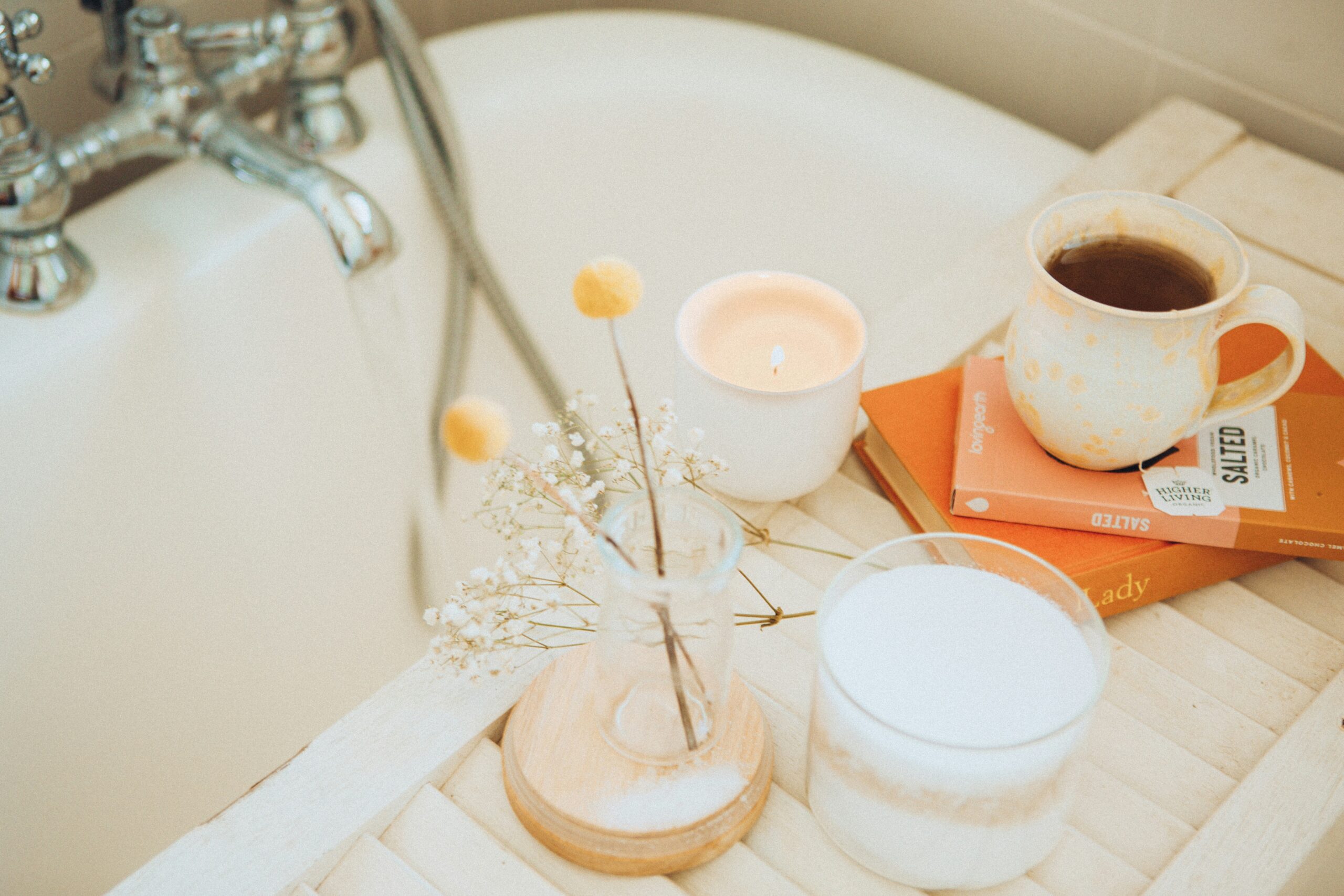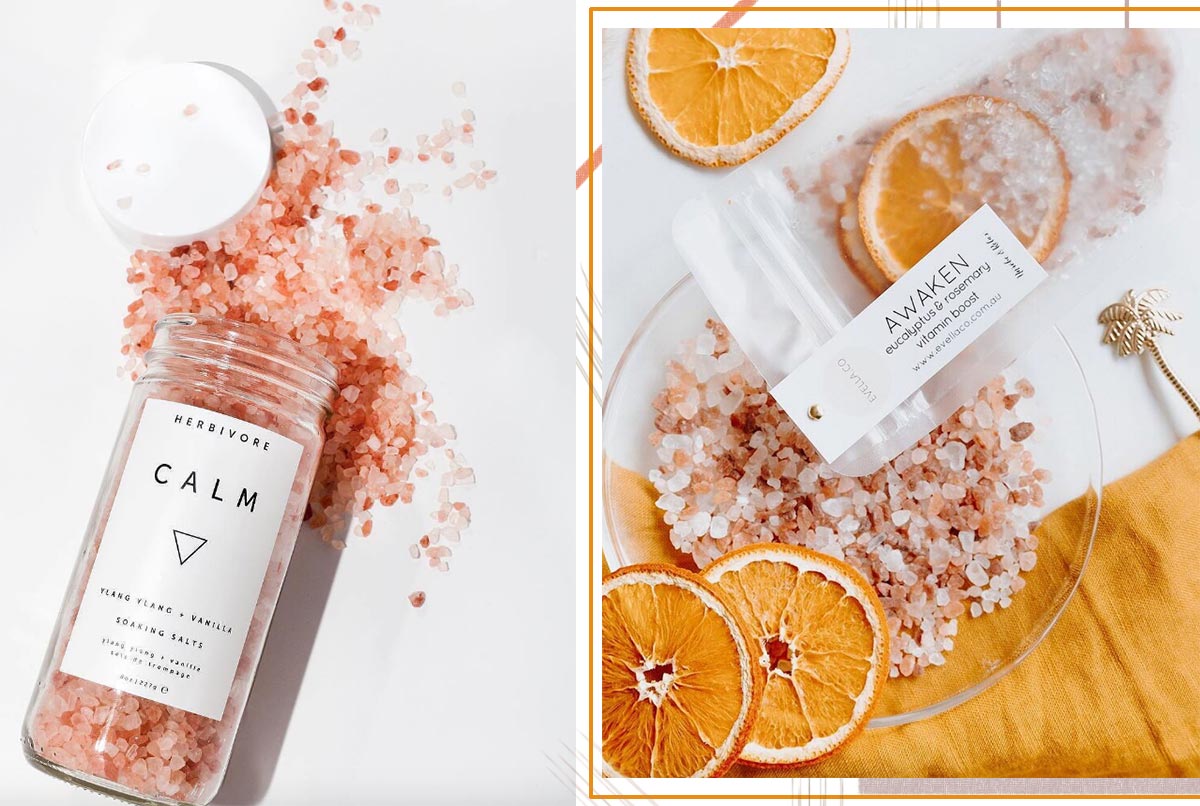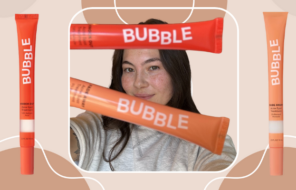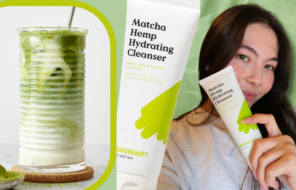In the hustle and bustle of our daily lives, taking a moment to relax and unwind is essential. One of the simplest and most luxurious ways to do this is by indulging in a bath with salts. These mineral-rich wonders have been used for centuries to enhance bathing experiences, providing numerous benefits for both body and mind. This ancient additive has been used for centuries, and there are multiple bath salt uses. If you’re not familiar with them, then keep reading to learn more about bath salt benefits, how to use them, and more.
What are bath salts?
Bath salts are water-soluble pulverized mineral bath products used in bathing to relieve stress and pain. Bath salts have become an increasingly popular niche product within the overall health and wellness space. They come in various forms, however, most bath salts are made of Epsom salts (magnesium sulfate), sea salts, and Himalayan pink salts.
In its most basic form, you’ve most likely seen a bag of Epsom salts in a drugstore. But Epsom salt technically isn’t a salt since it lacks sodium chloride – the essential compound needed to qualify as a true salt product. Still, bath salts come in a variety of forms.
Sea Bath Salt
As the name suggests, sea bath salts are bath salts that use sea salt. Unlike traditional table salt, sea salt is usually coarser in texture because of its minimal processing and often contains many trace minerals not typically found in regular table salt. These include:
- Calcium
- Magnesium
- Zinc
- Potassium
- Iron
Multiple types of bath salts would fall into the sea bath salt category. This includes Himalayan bath salt, Dead Sea bath salt, and Mediterranean bath salt, which are harvested from their respective regions – the Himalayas, the Dead Sea, and the Mediterranean Sea. However, concerns over pollution levels in the Mediterranean Sea make it a sometimes-contentious harvesting source.
Note that Himalayan bath salts are sometimes also listed as Jurassic sea salt since this salt is harvested from salt deposits created roughly 50 million years ago as the Himalayan mountains were forming. Of all the sea bath salts, the Himalayan is considered the most beneficial, with as many as 84 trace minerals present.
Variety in Size
Another feature of bath salts is that they come in a range of sizes, from finely ground to very coarse. For example, you can find Himalayan bath salt that’s as large as two to three millimeters. This is known as coarse bath salt and is considered ideal for soaking because it dissolves easily in a bath. But you can also find larger bath salts that can be as large as a golf ball.
Alternatively, you can also find finely ground bath salts. These have a texture similar to traditional table salt and are often used for bath salt blends or even with body scrubs because of their smaller size. This makes them less abrasive as compared to a larger bath salt granule.
Variety in Color
Naturally-derived bath salts can be found in a few different colors. Of course, with Himalayan salt, it has a distinctive pink hue, which sets it apart from other salts. White or clear salts are a common color usually associated with Dead Sea salts and even Epsom salt.
Another popular option is grey bath salt, which is usually harvested from France in the Brittany region. It’s a low-sodium salt that is full of helpful minerals, such as copper, potassium, calcium, zinc, and iron.
Additional Scents
As we mentioned earlier, you can find more stylized bath salts that feature soothing scents such as lavender, rosemary, and vanilla. You don’t need to use a scented bath salt to reap the benefits. But if you want to combine aromatherapy – which can boost mood – with the physical benefits of bath salts, this is a great way to do that.

Bath Salt Benefits
Anyone who’s ever needed to soak in a tub to ease sore muscles or alleviate skin irritation knows that bath salts are a natural and therapeutic way to minimize side effects from medical conditions.
Muscle Relaxation and Pain Relief
One of the biggest bath salt benefits is the product’s ability to ease discomfort. Specifically, sea bath salt has been linked to easing arthritis symptoms. This includes rheumatoid arthritis, psoriatic arthritis, knee osteoarthritis, and ankylosing spondylitis.
Similarly, sore muscles can also benefit from bath salt exposure. Not only do bath salts boost circulation, but they also help to reduce muscle cramps and relieve stiff joints.
Boost Skin Health
Believe it or not, your skin is your biggest organ. So, it goes to reason that you should show it some love. For people with skin conditions like eczema, psoriasis, or chronic dry skin, bath salts can help to relieve symptoms. For psoriasis patients, bath salts can help to remove scales. And for both eczema and psoriasis, soaking in bath salts can also ease itching. In addition, bath salts can act as natural exfoliant; helping remove dead skin cells and leaving your skin soft and smooth.
Improved Circulation and Detoxification
As if reducing arthritis symptoms and making troubled skin feel more comfortable wasn’t enough, bath salt benefits don’t stop there. Bath salts have been proven to also improve circulation, aiding in the delivery of oxygen and nutrients to your cells and tissues. This improves inflammation and also aids in helping draw out impurities and toxins from your body, promoting overall detoxification.
Are there any side effects to using bath salts?
Bath salts are incredibly beneficial. But for some people, they can present a small risk. For most people, they’re considered a fairly harmless topical solution for dealing with aches, pains, and skin irritation. But experts recommend avoiding them if you currently have a skin infection or an open wound.
And people with more chronic cases of psoriasis, acne, or even atopic dermatitis should speak with their physician or dermatologist before incorporating bath salts into a skincare routine. Likewise, people currently suffering from an allergic reaction should also avoid the product until the reaction subsides.
Bath Salts and Microplastics
Depending on where and how your bath salts are sourced, you should also be aware of microplastics. Microplastics are microscopic bits of plastic that are often found in water sources and are a byproduct of plastic waste. Because many bath salts rely on harvested sea salts as the primary ingredient, depending on where the salt was harvested, a risk of microplastic exposure may be higher.
For example, as we mentioned above, the Mediterranean Sea is considered very polluted with microplastics. And in some cases, vendors have opted not to source from that region because of the concern of contamination. So far, there’s not enough research to determine how topical exposure to microplastics can impact people. But it’s important to know that the concern is a valid one with both vendors and consumers.

How do you use bath salts?
Bath salts are one of those user-friendly product categories that don’t have a sharp learning curve. Medical estheticians recommend starting with a bath salt soak by adding a quarter cup of sea salt to your bathwater.
Opt for a water temperature that’s only two degrees warmer than your natural body temperature. This is especially important if you suffer from eczema or psoriasis, where higher temperatures might draw more moisture out of your skin.
At a minimum, enjoy your bath salt soak for at least 15 or 20 minutes. But you can stay in it longer if you prefer. However, once you’re finished with your bath, immediately follow up by applying a moisturizer.
For Dry Skin
If you struggle with dry skin, a bath salt soak is a great way to ease symptoms such as itchiness. For a standard tub soak, combine a tablespoon of olive oil with one or two cups of Epsom salt. Then soak in the blend for at least 12 minutes as frequently as two to three times per week.
Foot Soaks
If you prefer more localized bath salt applications, foot soaks are a great way to soften rough skin as a preliminary step for an overall at-home pedicure routine. However, if you have diabetes, avoid bath salt foot soaks and bath salts in general. There’s a concern that foot soaks might encourage dryness, which can cause cracks that lead to infection. Because poor wound healing is a common concern – especially for uncontrolled diabetes – this should be avoided.
Create a Custom Soak
Bath salts are a great ingredient for a DIY project, including custom bath salt soaks. You can add essential oils to boost the aromatherapy benefits or even include a quarter cup of baking soda for softer skin. Play with your favorite natural essential oils and ingredients to create a skin-loving bath soak that boosts moisture and leaves you relaxed and refreshed.
Make a Body Scrub
Banish dry, dull skin with an effective DIY body scrub. To create this mixture, combine one cup of sea or Epsom salt with a third of a cup of oil (i.e. olive oil, coconut oil, almond oil, or even a tablespoon of vitamin E oil). Mix the ingredients until you create a thick paste. Use your hands to apply it to your body, focusing on areas that have rough and bumpy skin. For an aromatherapy boost, add a few drops of your favorite essential oil.





